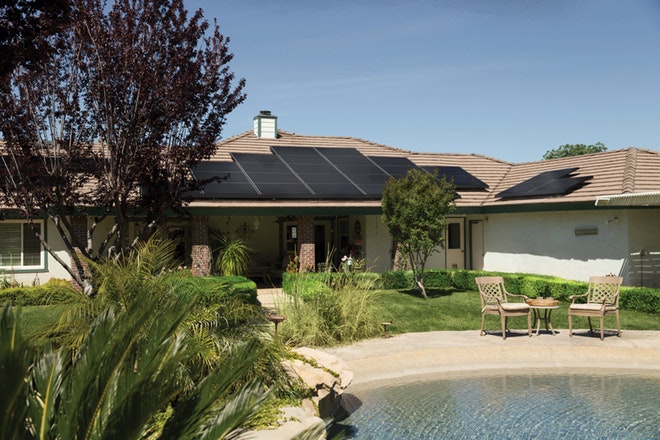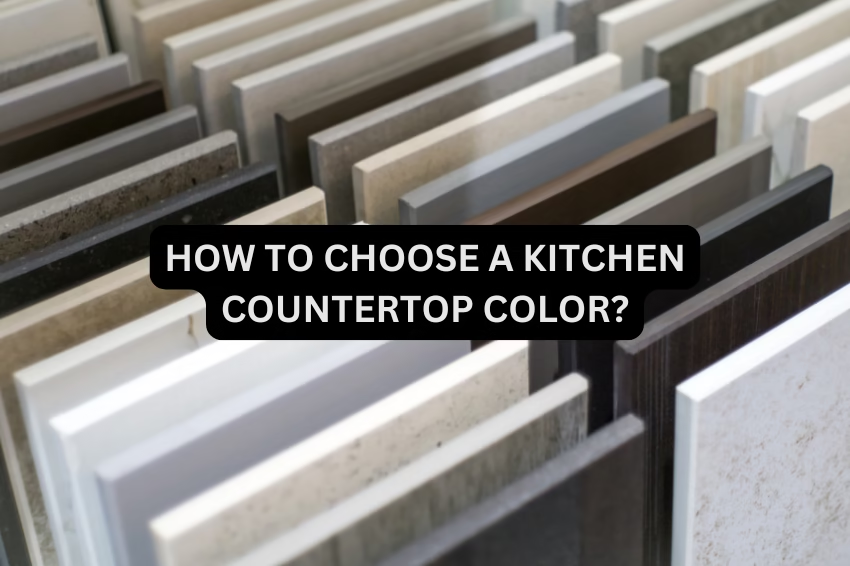If versatility had a face, that face would be hinges. A hinge is a mechanical bearing that joins two solid objects together. The range of their use is so vast that it is hard to imagine anything in the construction industry that does not use them. You will find hinges on doors, gates, windows, airplanes, vehicles, lockets, pianos, cages. Virtually anything you can think of.
People in the construction and furniture industry are the heaviest users of hinges: they are what make their products usable. The physics behind hinges is so simple, yet they serve one of the most vital functions in the things we use everyday.
Brief History
The exact origin of hinges cannot be accurately placed. However, there is evidence of their use as early as the Bronze Age era in the Middle East. Ancient temples in Turkey also have doors with very old hinges, proof that they have been part of civilization for long.
Hinges became widespread in the Middle Ages when metal became easily available and much cheaper. By the time the Industrial Revolution kicked in, hinges had become essential components that drove that era to what we have today.
Materials Used
Hinges are mainly made of metal; the type used now depends on the purpose they end up serving. Metals like steel, copper, nickel, chrome, brass, and bronze are used in the manufacture of hinges. Each metal has its unique qualities that differ from one another; tensile strength, durability, corrosion resistance, and aesthetic appeal.
Decorative hinges are made using brass, the strongest and the most durable ones are made using stainless steel. Plastic is also another material used to create cheaper hinges that are rust free and do not require any lubrication. However, they can only be used for simple lighter frames.
Types of Hinges
Hinges come in various types and sizes, each serving a different purpose. The high demand for them has made manufacturers to further come up with more varieties. The following are the most common types in use today:
Butt Hinge
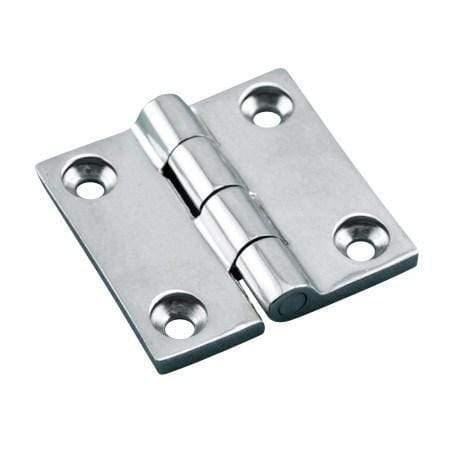
These are the simplest types of hinges that have two foldable leaves with a pin and aligned knuckles. They are mainly used for doors and simple windows. A more advanced version of a butt hinge, called the mortise, allows it to be applied directly to a door frame. Butt hinges can also be used for gates and latches.
Continuous Hinge
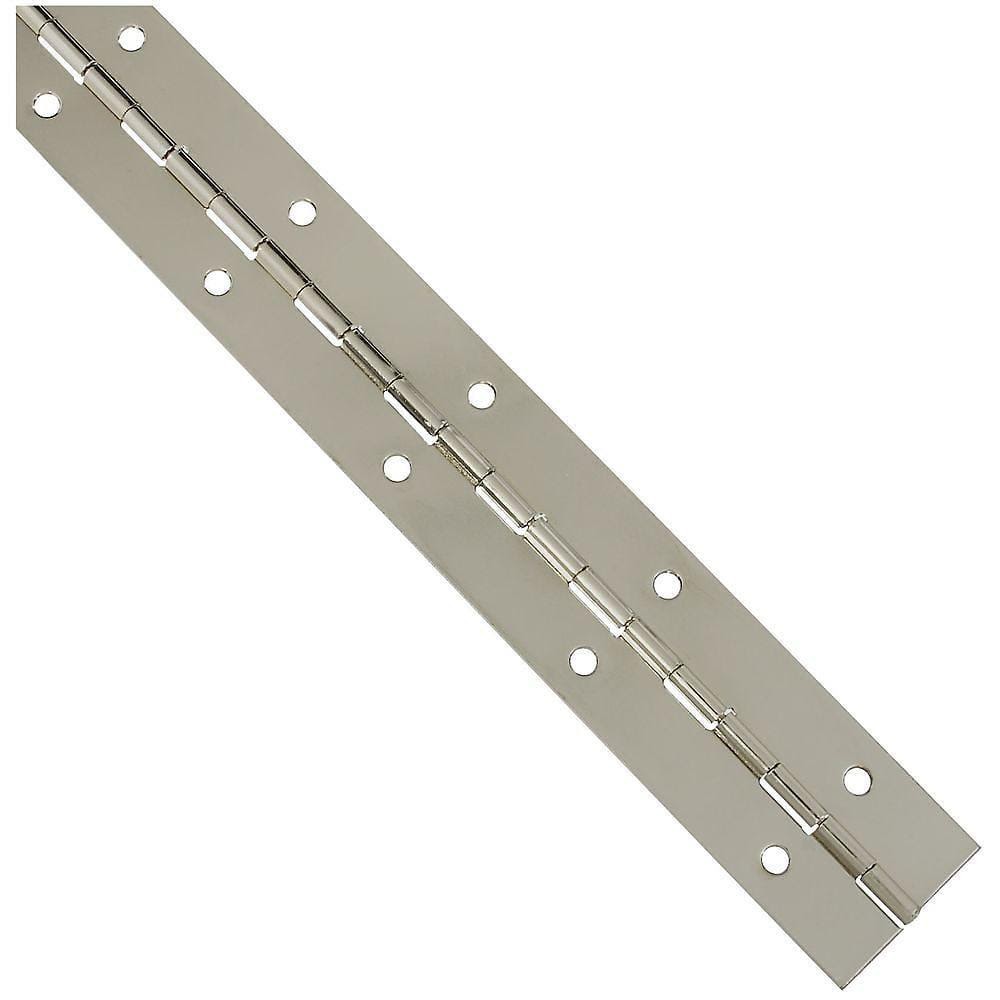
These are extended versions of the butt hinge. They are incredibly long, from one end to the other, and are mostly found in small boxes and piano panels. They are very sturdy and can only be taken apart by brute force.
Pivot Hinge
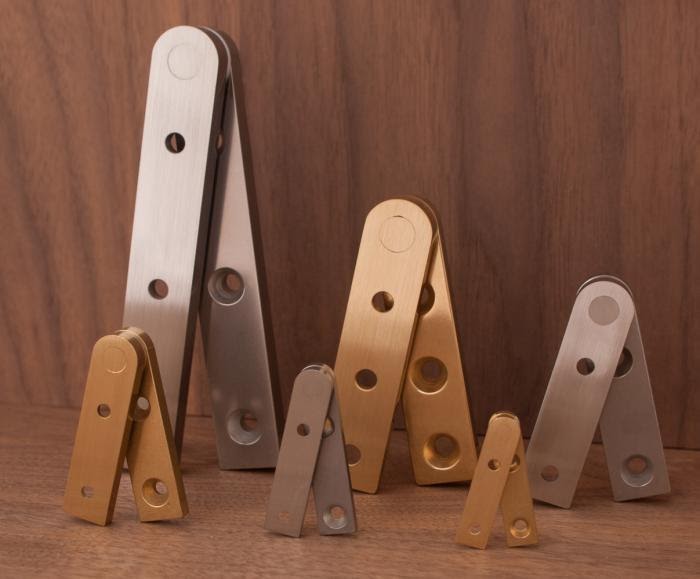
In place of a pin, a pivot hinge works by rotating about a single point to effect movement. Pivot hinges come in various forms like the barrel hinge, the j-bolt hinge, the knife hinge, and the concealed hinge.
Pivot hinges are found in heavy doors that handle a lot of traffic. They are installed at the top of a door frame and the floor. The reason behind this design is to reduce the stress on the frame and to support the door’s weight.
Spring Hinge
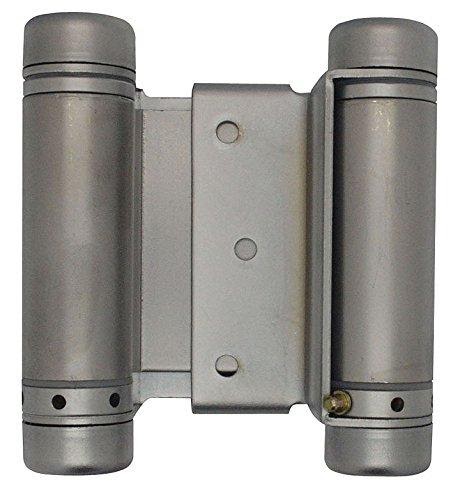
Spring hinges come in two types, simple and complex. A simple spring hinge resembles a butt hinge, only that it has a tightly wound coil around the pin. This causes the door to slam shut behind you after you walk through.
A complex spring hinge, on the other hand, has multiple coils alongside concealed coils. Depending on their design, spring hinges either increase or reduce motion between the connected planes.
Heavy Duty Hinge
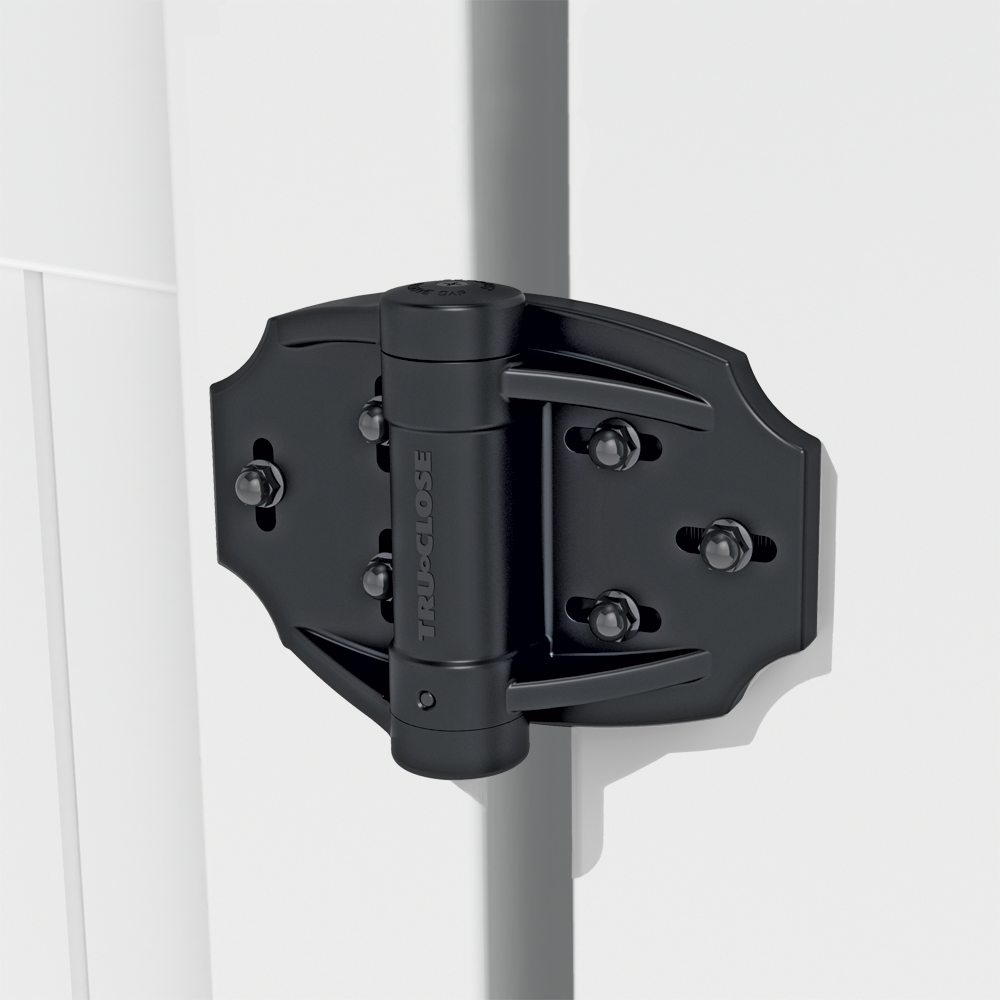
These are the type of hinges you will find on huge boards that have the capacity to bear heavy loads. They are usually made out of lightweight aluminum or the heavier type made out of stainless steel.
Slip Joint Hinge
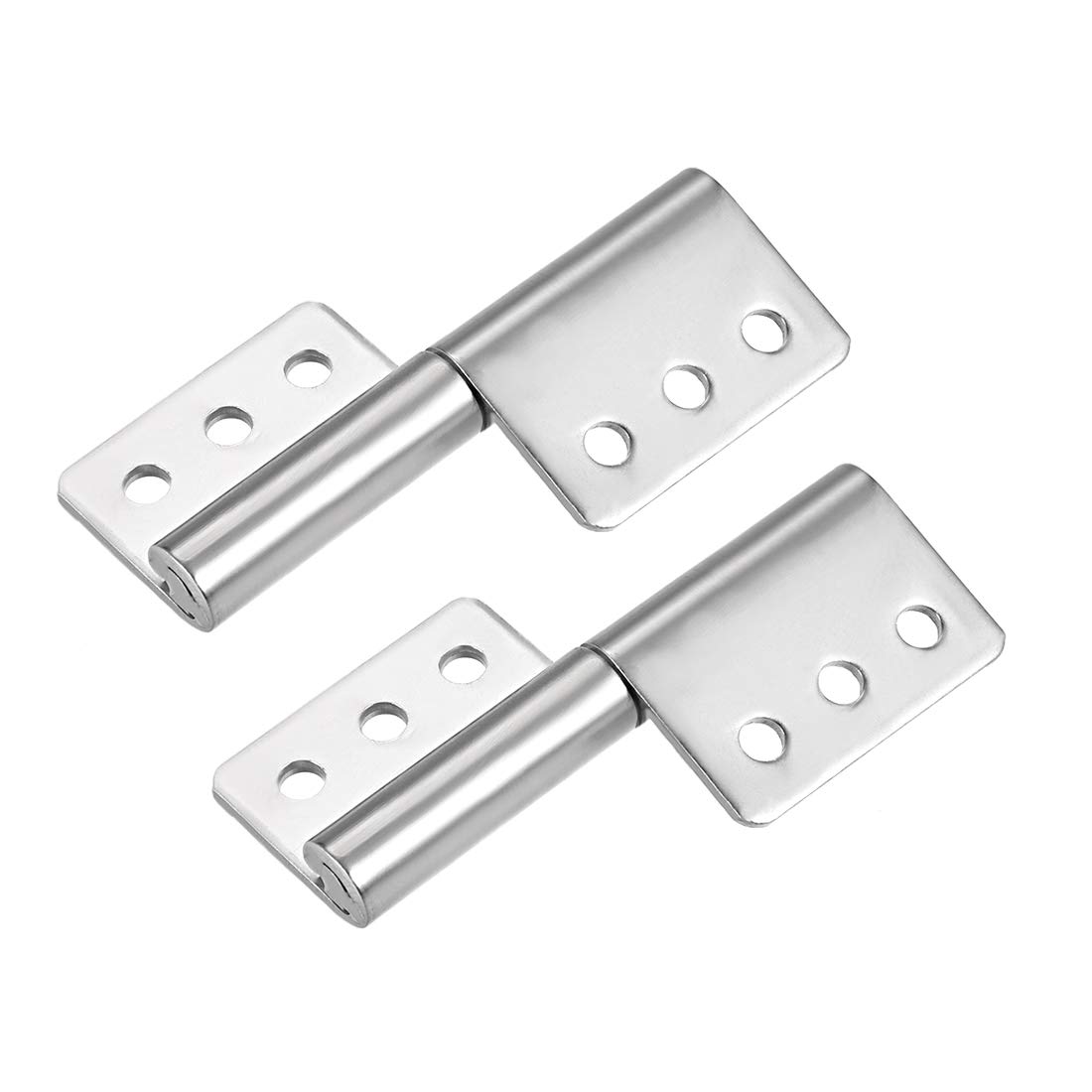
Sometimes known as a loose joint hinge, these are the type of hinges used with removable lids and heavy doors. You are also likely to find them on gates that house horses and cows in ranches. Fire Truck compartments and refuse containers also make use of slip joint hinges.
What makes them so popular is the fact that they allow the door or the lid to be wholly removed cleanly from its frame. They are the best for quick and easy access.
Power Hinge
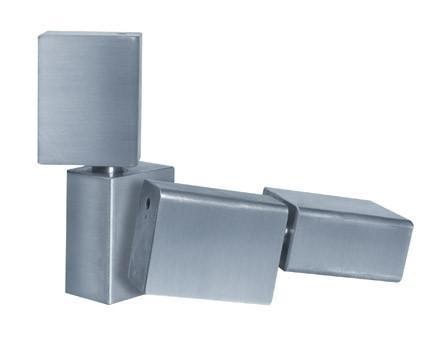
A power hinge uses electricity to function. They never produce any sound when in action and are suited for heavy-duty panels. They are easy to conceal. They work best for security doors as they offer electronic locking access control.
Friction Hinge
Friction hinges are intricately designed to both create resistance and allow smooth movement. They are mainly used for doors, planar systems, and container lids and covers. They are very convenient, especially when dealing with heavy frames. The demand for friction hinges has increased over the years as they have become cheaper to manufacture.
Weld-On Hinge
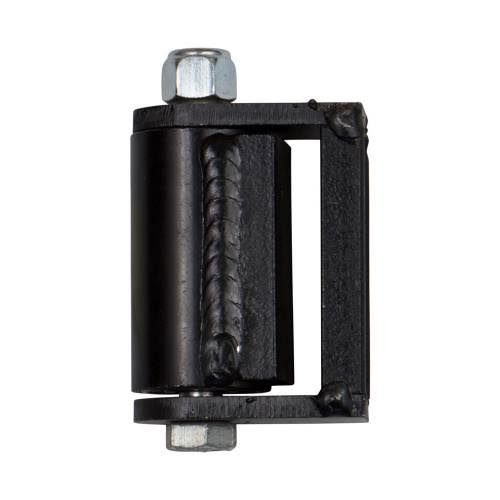
These are the best type of hinges when you are dealing with the heaviest of all doors. The type of doors you find in hangers and factories. They are capable of holding doors that weigh up to 10 tons. Bank vaults and blast doors also use weld-on hinges.
There are lighter versions that are used in small scale applications like wrought-iron gates.
Other Types
Other hinge types worth mentioning include strap hinges, which you can find on doors, they extend across the entire width of the door. A flag hinge is another type that has the unique ability to rotate the whole 360° and can be taken apart quickly. Others are coach hinges, tee hinges, pinges, and cranked hinges.
Conclusion
There are various types of hinges out there, and it can be a bit confusing to select the appropriate ones. Unless you have extensive knowledge of door frames or furniture, you will need help. To get a more comprehensive selection of hinges for home or commercial use, visit the best furniture hinges factory for advice and assistance.





